Urbanization Trends
Urbanization trends are significantly influencing the Construction Equipment Market. As populations continue to migrate towards urban areas, the demand for infrastructure development is escalating. This urban expansion necessitates the construction of roads, bridges, and residential buildings, thereby driving the need for advanced construction equipment. Data indicates that urban areas are expected to house nearly 68% of the world's population by 2050, which will likely result in increased investments in construction projects. Consequently, the Construction Equipment Market is poised for growth, as companies seek to meet the rising demand for efficient and reliable machinery to support large-scale urban development initiatives.
Sustainability Initiatives
Sustainability initiatives are becoming a pivotal driver in the Construction Equipment Market. With growing awareness of environmental issues, manufacturers are focusing on producing eco-friendly equipment that minimizes carbon footprints. The shift towards electric and hybrid machinery is indicative of this trend, as these alternatives offer reduced emissions and lower operating costs. Recent statistics suggest that the market for electric construction equipment is expected to grow at a compound annual growth rate of 30% in the coming years. This emphasis on sustainability not only aligns with regulatory requirements but also appeals to environmentally conscious consumers. Consequently, the Construction Equipment Market is adapting to these changes, fostering innovation and promoting sustainable practices across the sector.
Technological Advancements
The Construction Equipment Market is experiencing a notable transformation due to rapid technological advancements. Innovations such as telematics, automation, and artificial intelligence are enhancing equipment efficiency and productivity. For instance, the integration of telematics allows for real-time monitoring of equipment performance, leading to reduced downtime and maintenance costs. According to recent data, the adoption of advanced technologies in construction equipment is projected to increase by approximately 25% over the next five years. This trend not only improves operational efficiency but also contributes to better safety standards on construction sites. As companies increasingly invest in these technologies, the Construction Equipment Market is likely to witness significant growth, driven by the demand for smarter and more efficient machinery.
Rising Construction Activities
Rising construction activities are a fundamental driver of the Construction Equipment Market. As economies recover and expand, the demand for residential, commercial, and industrial construction is surging. This increase in construction activities necessitates the use of various types of equipment, from excavators to cranes, to meet project timelines and specifications. Recent reports indicate that the construction sector is projected to grow at a rate of 5% annually, further fueling the need for efficient construction equipment. The Construction Equipment Market is likely to capitalize on this trend, as companies invest in modern machinery to enhance productivity and meet the growing demands of the construction landscape.
Government Infrastructure Investments
Government infrastructure investments are a crucial driver of the Construction Equipment Market. Many governments are prioritizing infrastructure development as a means to stimulate economic growth and improve public services. Recent initiatives have seen substantial funding allocated to transportation, energy, and public works projects. For example, infrastructure spending in various regions is projected to reach trillions of dollars over the next decade. This influx of capital is likely to boost demand for construction equipment, as contractors and construction firms require advanced machinery to execute these large-scale projects. As a result, the Construction Equipment Market stands to benefit from these government-led initiatives, which are expected to create a favorable environment for growth.
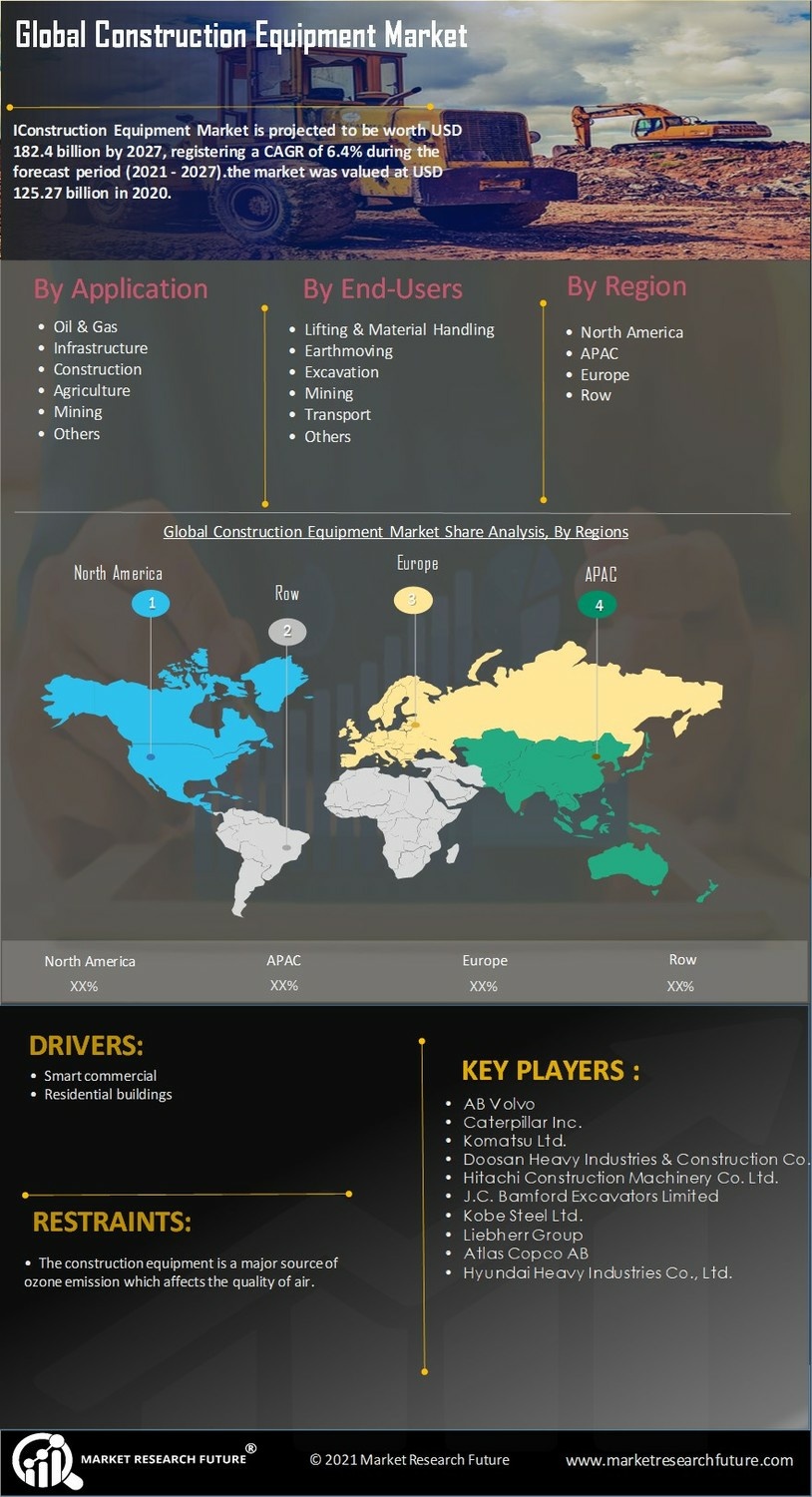

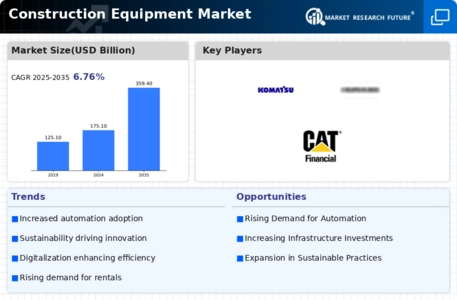
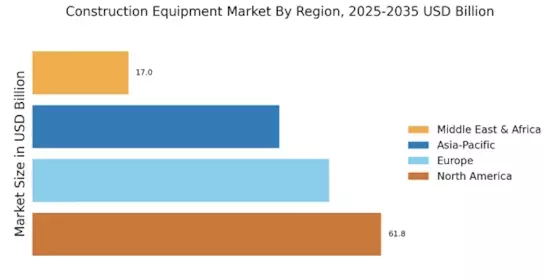
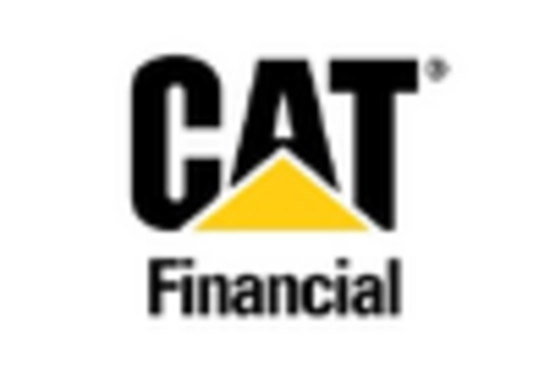
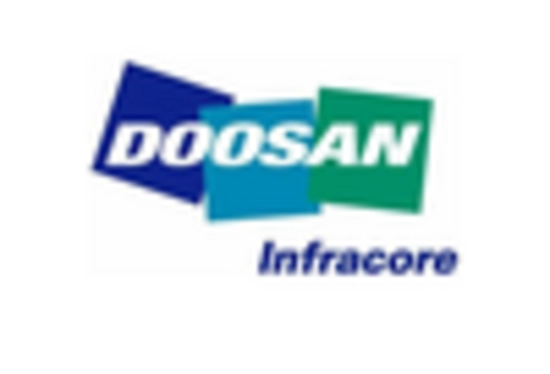

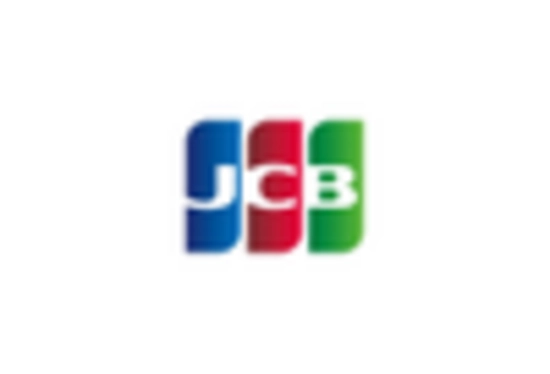
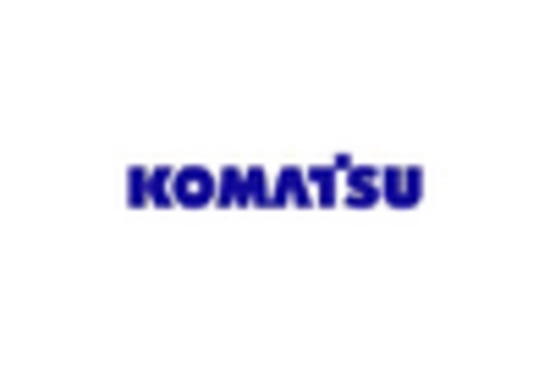
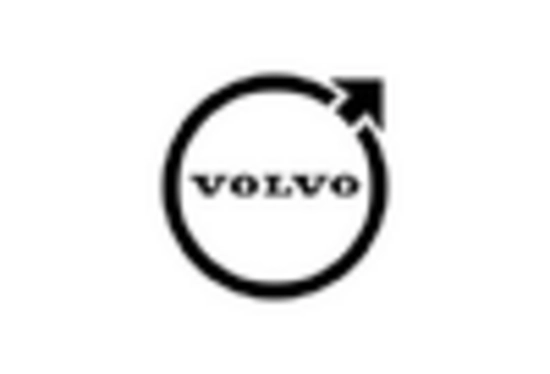








Leave a Comment